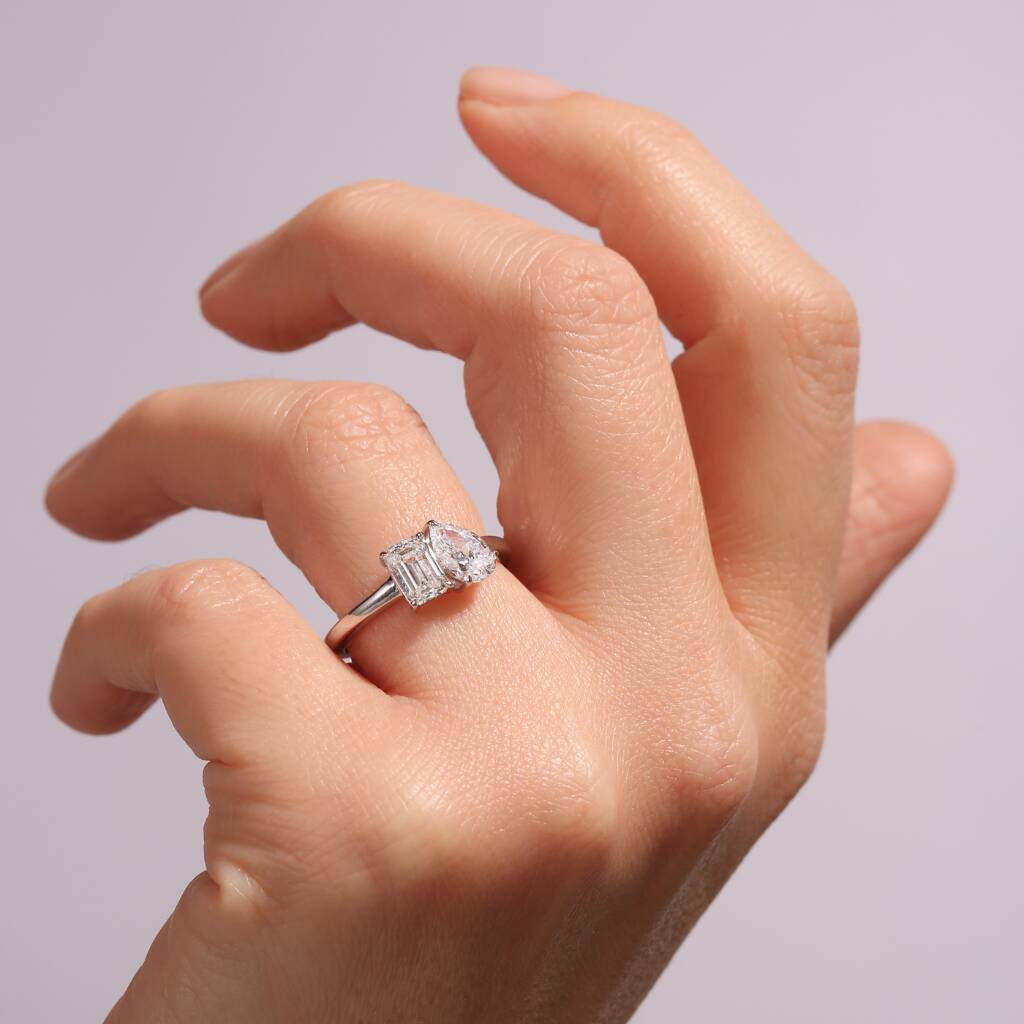Lab Grown Diamonds: The Future of Sustainable and Ethical Gemstones
Introduction to Lab-Grown Diamonds
So, you’ve heard about lab-grown diamonds and are curious about why they’re generating so much buzz. Let’s dive into the sparkle of the future and explore why these diamonds might just be the gem of tomorrow.
What Are Lab-Grown Diamonds?
Imagine a diamond that sparkles just as brightly as a natural one but is created in a lab rather than being mined from deep within the Earth. That’s what lab-grown diamonds are all about. They’re real diamonds with the same physical and chemical properties as natural ones lab grown diamonds are the future. They just have a different origin story.
How Are Lab-Grown Diamonds Made?
Creating diamonds in a lab sounds like science fiction, but it’s very much science fact. There are two main methods for making lab-grown diamonds, each with its unique process and advantages.
The High Pressure High Temperature (HPHT) Method
The HPHT method simulates the intense heat and pressure conditions found deep within the Earth. A small diamond seed is placed in a chamber with carbon, and then the pressure and temperature are ramped up to those extreme levels. This process encourages the carbon to crystallize around the seed, forming a diamond. It’s a high-tech way to recreate natural diamond formation.
The Chemical Vapor Deposition (CVD) Method
The CVD method, on the other hand, involves creating diamonds using a gas mixture that contains carbon. This mixture is introduced into a chamber where it is ionized into a plasma state. The carbon atoms then deposit onto a substrate, forming diamond crystals layer by layer. It’s a bit like growing diamonds from the molecular level up.
Ethical Considerations
First and foremost, lab-grown diamonds eliminate many of the ethical concerns associated with traditional diamond mining. There’s no risk of “blood diamonds,” which are mined in conflict zones and often fund violence. With lab-grown diamonds, you can feel good about your purchase, knowing it’s free from these issues.
Environmental Impact
Mining for natural diamonds can be incredibly disruptive to the environment, causing deforestation, soil erosion, and habitat destruction. In contrast, lab-grown diamonds have a much smaller environmental footprint. By choosing lab-grown, you’re supporting a more sustainable future.
Cost Efficiency
Lab-grown diamonds also tend to be more affordable than their natural counterparts. Without the costs associated with mining, transportation, and distribution, the price of lab-grown diamonds is often lower, which means you can get a bigger, better gem for your buck.
Lab-Grown Diamonds vs. Natural Diamonds
When comparing lab-grown diamonds to natural ones, it’s important to understand their similarities and differences.
Identical Physical Properties
From a physical and chemical standpoint, lab-grown diamonds are identical to natural diamonds. They possess the same brilliance, hardness, and clarity. A gemologist would need advanced equipment to distinguish between the two, as they’re virtually indistinguishable to the naked eye.
Market Value and Perception
Resale Value and Longevity
One area where natural diamonds have historically had an edge is resale value. Natural diamonds are often seen as more valuable, partly because of their rarity and the tradition of valuing them highly. However, as lab-grown diamonds become more mainstream, this perception may shift. It’s worth considering that lab-grown diamonds are less likely to retain their value in the same way as natural diamonds, but their lower initial cost can make them an appealing choice.
Consumer Preferences
Consumer preferences are evolving, and many people are now more interested in the ethical and environmental benefits of lab-grown diamonds. As awareness grows, the demand for lab-grown diamonds is expected to increase, potentially influencing their market value and acceptance.
Innovations on the Horizon
As technology advances, we can expect even more improvements in the quality and variety of lab-grown diamonds. Innovations in the growing processes could lead to more diverse colors, sizes, and types of diamonds becoming available, making these gems even more desirable.
Potential Challenges
Despite their many benefits, lab-grown diamonds face challenges, such as market acceptance and potential regulatory hurdles. Overcoming these will be key to their broader adoption and success.
How to Choose Lab-Grown Diamonds
If you’re considering purchasing a lab-grown diamond, here are some tips to ensure you get a gem that meets your expectations.
Lab diamonds, also known as synthetic or cultured diamonds, are an exciting innovation in the world of gemstones. Created in controlled laboratory environments using advanced technological processes, these diamonds possess the same physical and chemical properties as natural diamonds. Unlike their mined counterparts, lab diamonds are produced with a focus on sustainability and ethical practices, offering a more environmentally friendly alternative.
Certifications and Quality Assurance
Look for diamonds that come with certification from reputable gemological laboratories. Certifications ensure that the diamond has been properly assessed for quality and authenticity. This provides peace of mind that your diamond is not just a pretty piece of glass but a genuine, high-quality gem.
Where to Buy Lab-Grown Diamonds
There are many retailers now offering lab-grown diamonds, from online marketplaces to brick-and-mortar stores. Make sure to choose a reputable seller with positive reviews and transparent practices. Checking the return policy and customer service can also help ensure a smooth purchase experience.
Conclusion
In summary, lab-grown diamonds are shaping up to be the future of fine jewelry. With their ethical production, reduced environmental impact, and cost benefits, they offer a compelling alternative to traditional diamonds. As technology and consumer preferences continue to evolve, lab-grown diamonds are poised to shine even brighter. Whether you’re looking for an engagement ring, a gift, or just a beautiful piece of jewelry, considering a lab-grown diamond could be a step towards a more sustainable and ethical choice. So, the next time you’re dazzled by a diamond, remember that it might just be a brilliant gem from the future.












